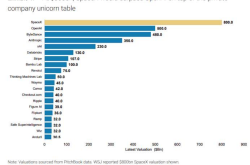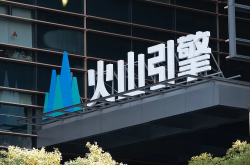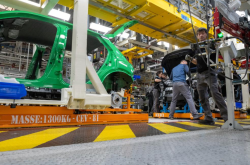Feverish? Not Cost-Effective? One-Week Experience Sharing of Xiaomi 15S Pro: How Was the Experience, and Do I Regret It?
![]() 06/02 2025
06/02 2025
![]() 685
685
Prior to the release of Xiaomi 15S Pro, several digital bloggers I follow had already spread the word: Xiaomi 15S Pro has limited inventory, so act fast if you want to secure one.

Thus, a few days before the conference, I visited a Xiaomi Home store and paid a 200 yuan deposit to ensure I'd get the phone as soon as possible after its launch. When making the deposit, the Xiaomi staff informed me that the phones had already arrived and would be available for sale post-conference.
Doubts Before Purchasing Xiaomi 15S Pro
After the launch of Xiaomi 15S Pro, a meme perfectly encapsulated my biggest concern about purchasing it.
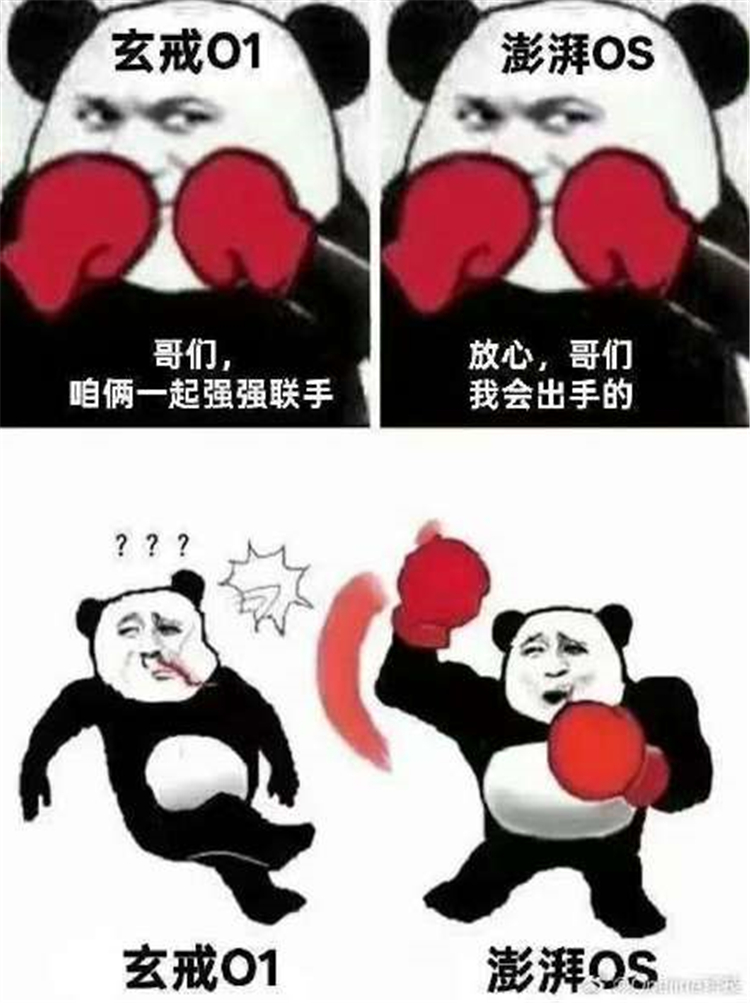
Yes, it's Pengpai OS.
As a long-time user of Xiaomi 12S Ultra, I was truly apprehensive about the Pengpai OS system. Especially when I tried out new phones from other brands, I found the Pengpai system to be less smooth and stable. Let's not even mention the frame drops during daily animations. It's supposed to be an imaging flagship, but the camera lags and the photos come out blurry, which dampened my desire to use this phone for photography.
When a friend who bought Xiaomi 14 Pro on my recommendation complained to me about system bugs, I almost wanted to exclaim in the Xiaomi Bible style: Lei Jun! Jin Fan!

Apart from the system, Xiaomi 15S Pro doesn't show a significant improvement in camera hardware compared to Xiaomi 12S Ultra. The sensor areas of the main camera, telephoto, and ultra-wide-angle lenses have all shrunk. Of course, with the support of new hardware and the new system, I anticipate improved photography functions and experiences.
In terms of performance, Xiaomi 15S Pro is equipped with Xuanjie O1, and its CPU performance is on par with the Snapdragon 8 Ultimate Edition, ranking among the best. This actually surprised me quite a bit.
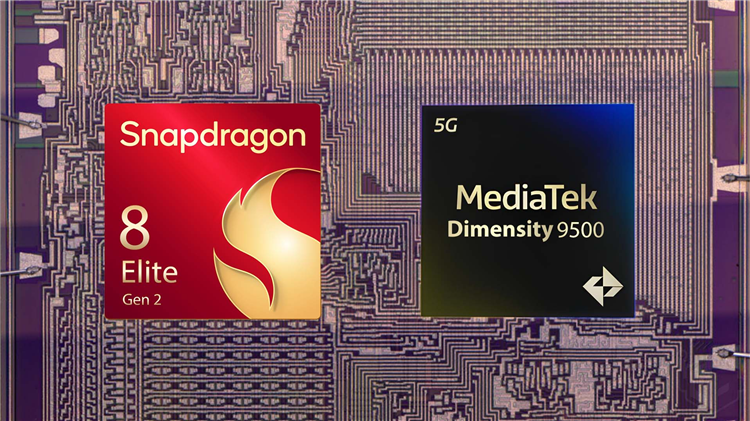
However, Qualcomm announced that it will hold the Snapdragon Summit in September this year. This implies that Xiaomi 16, powered by the second-generation Snapdragon 8 Ultimate Edition, might be released in October, followed by the Dimensity 9500.
In other words, Xiaomi 15S Pro, equipped with Xuanjie O1, will be outperformed by flagship phones on the market in just over four months. This reminds me of when I bought Xiaomi 12S Ultra, only to see the second-generation Snapdragon 8 flagship phones released three to four months later, rendering my phone obsolete quickly.
Finally, I must mention cost-effectiveness. Not to mention that the 5499 yuan price of Xiaomi 15S Pro could already buy the heavily discounted OPPO Find X8 Ultra. Even within Xiaomi's own product line, compared to Xiaomi 15 Pro, it is considered a less cost-effective option.
But who makes Xiaomi 15S Pro equipped with Xiaomi's self-developed chip Xuanjie O1? This phone is destined to have little to do with cost-effectiveness.
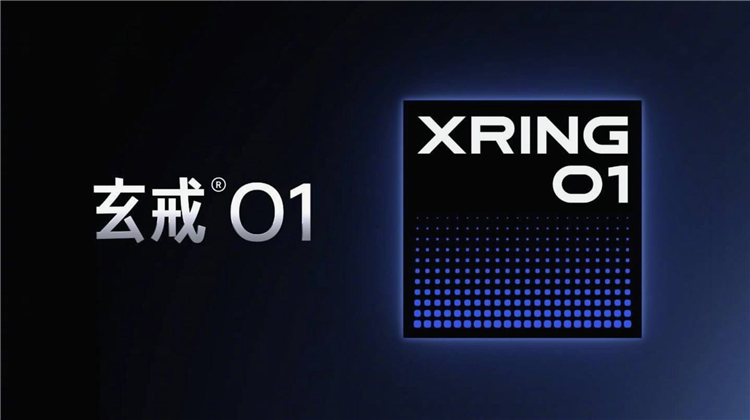
While listening to Lei Jun introduce the chip at the conference, a message from Xiaomi Home staff popped up on WeChat: "You can come to pick up the new phone tonight, participate in the national subsidy, and receive a gift box." I hesitated and didn't reply.
Shortly after, another message appeared: "There are only 3 left. If you're sure you want it, I can hold it for you."
While I was still hesitating, a passage from Lei Jun's conference speech made me decide to buy Xiaomi 15S Pro.
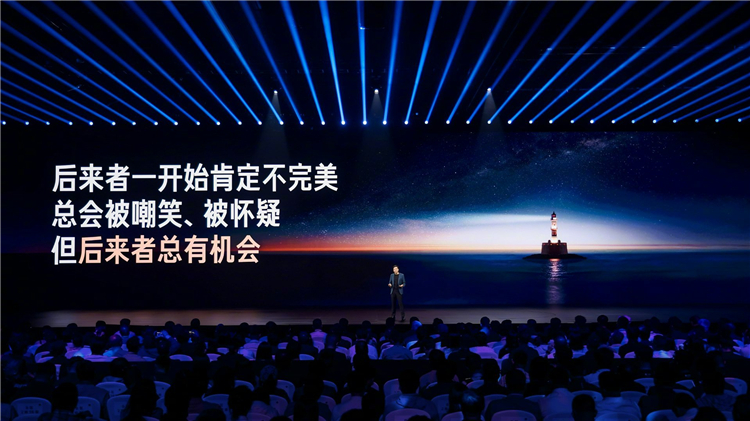
He said: "The world will not always be dominated by the strong, and latecomers will always have opportunities."
Yes, latecomers will always have opportunities. In the race of mobile phone chips, Huawei was once a latecomer, but with the support of consumers, even facing various blockades, the Kirin chip stood firm and became the most valuable domestic mobile phone chip.
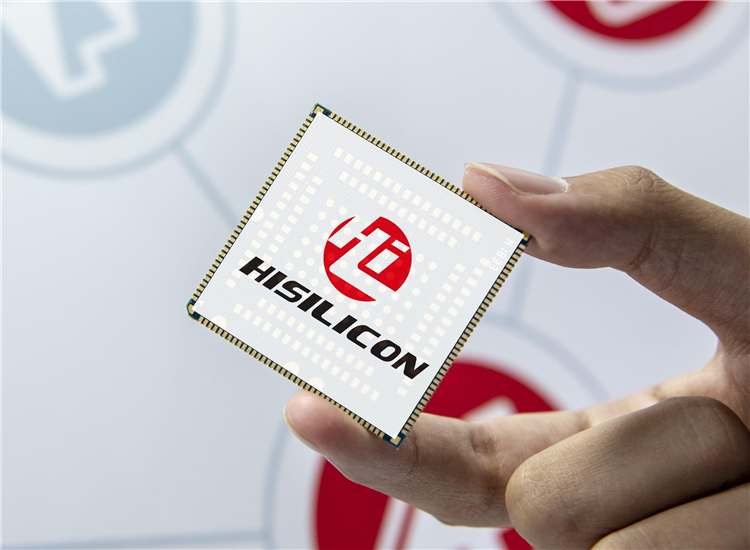
Now, Xiaomi has made up its mind to make chips and strives to promote the technological development of the domestic semiconductor industry alongside Huawei, accelerating the cultivation of related talents. So why shouldn't I support it?
Feverish? Poor Battery Life? What Was the Actual Experience of Xiaomi 15S Pro?
After returning to Shanghai, I rushed to Xiaomi Home and traded in my Xiaomi 12S Ultra for a discount of over 900 yuan. Finally, with the national subsidy, I paid around 4000 yuan for the Xiaomi 15S Pro Dragon Scale Fiber 512G version.
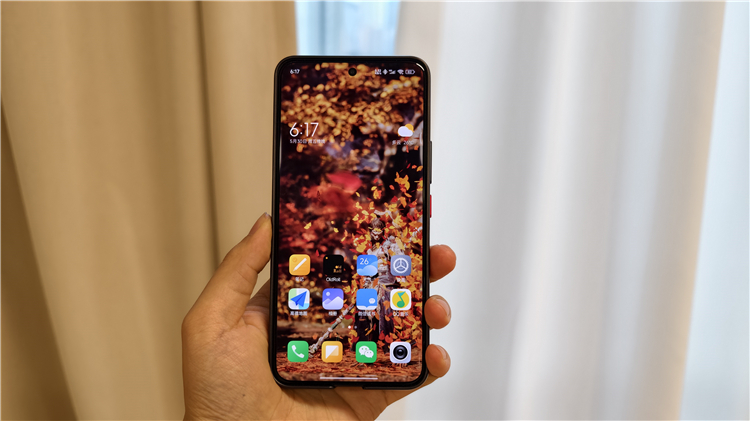
The first impression that impressed me the most after getting Xiaomi 15S Pro was not its performance or camera capabilities, but the AR anti-reflection film it came with. It significantly enhances the screen's anti-reflection under strong light, and the touch smoothness is also top-notch.
Now my only concern is whether Xiaomi Home can provide AR anti-reflection films if I want to change the film in the future. Without exaggeration, the AR anti-reflection film is a once-used and hard-to-return factory configuration. I hope Xiaomi can popularize it in its future high-end flagship phones.
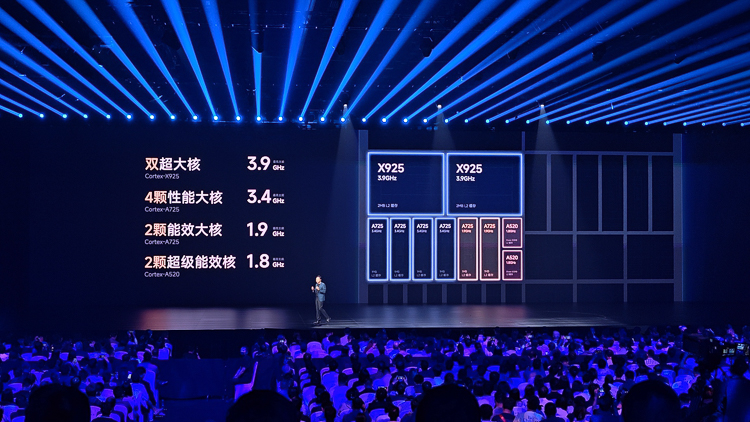
After the launch of Xiaomi 15S Pro, the biggest controversy was the Xuanjie O1 chip. To be honest, the specifications of this chip are quite transparent. Its process, number of transistors, and the architecture of the CPU and GPU are all clearly stated, so there shouldn't be much controversy.
But why did the water army attacking Xiaomi's products concentrate their firepower on Xuanjie O1? This led to various debates in the digital community about Xuanjie O1, ranging from Xiaomi inviting official media to set the tone to big Vs engaging in live-streaming battles. Everyone was fiercely arguing about whether Xuanjie O1 is truly self-developed.
Regarding Xuanjie O1, my view is that one should avoid extremism. Don't think that just because Xuanjie O1 uses Arm's public version architecture, it can't be considered self-developed. Similarly, don't think that just because Xiaomi uses TSMC's 3nm process to create Xuanjie O1, it means it can beat Huawei's Kirin chip or still criticize Huawei's chips for low performance but high phone prices.
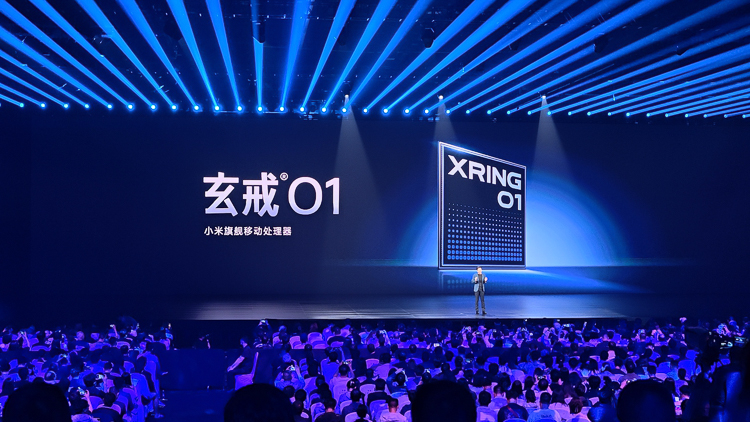
Both Huawei and Xiaomi are contributing to the development of domestic semiconductors. Due to issues with 5G and AI, Huawei was sanctioned and blocked by the US government, forcing it to embark on the road of independent chip research, development, and manufacturing.
Meanwhile, Xiaomi is in a relatively fair and just environment, smoothly utilizing TSMC's 3nm process technology to demonstrate the highest limit of domestic mobile phone chips.
Judging from the current international situation, Huawei's independent design and manufacturing of Kirin chips represent the ultimate route for domestic chips, but it is also the most pressurized and difficult path. We should give it the highest respect.
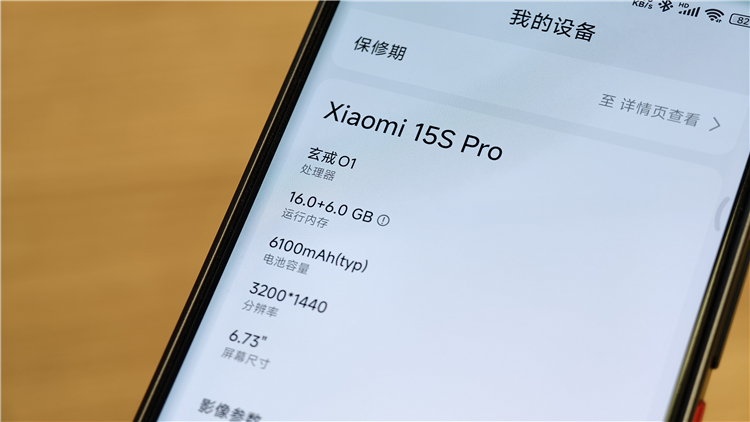
Xiaomi's Xuanjie does not conflict with Huawei's Kirin. Xiaomi is striving to invest resources to enhance its chip design capabilities, which can also accumulate experience and cultivate talents for the future development of independently designed and manufactured chips. We should also give it encouragement and support.
Speaking of the product, Xiaomi 15S Pro, equipped with Xuanjie O1, did not experience any severe heating or poor signal issues during my nearly one-week experience. Perhaps the signal in my daily work and home environment is already very good, so I didn't notice any abnormalities.
Of course, Xiaomi also mentioned that if 5G networks are continuously used, the external baseband will indeed have a slight impact on battery life. Coincidentally, I had a business trip this week where I didn't have access to Wi-Fi and used the cellular network the entire time. So how was the battery life?
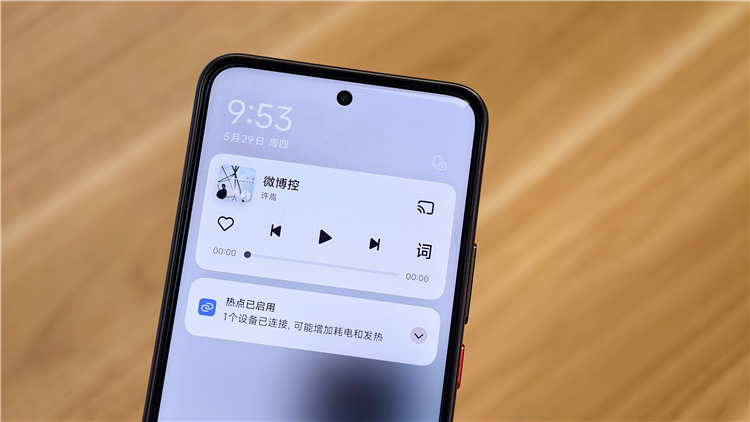
I unplugged the charger at 7:40 am with 100% battery and left at 8 am. I spent an hour on the subway, browsing Weibo and replying to messages on WeChat. On the high-speed rail, I used my phone's hotspot for 45 minutes to connect my laptop. Then, when I arrived at the work venue, I normally used WeChat and DingTalk to reply to messages. In the afternoon, I mostly took photos with my phone, totaling about 100 photos and a 2.5-minute video.
Finally, at 5 pm, the phone still had 22% battery life left. I consider this battery life to be acceptable, especially considering that the external baseband and 6100mAh battery are not very large by today's standards.
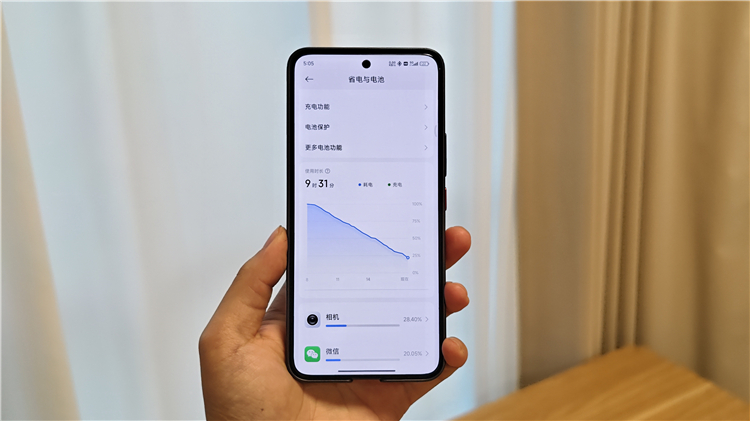
It should be noted that I didn't encounter network congestion or poor signal environments on the day of my business trip. So I have no complaints about the overall signal performance of Xiaomi 15S Ultra, but I still have reservations about its performance in some extreme environments.
To achieve such battery life results, I personally believe it is also related to the excellent CPU power consumption of Xuanjie O1. Currently, there is a consensus among various media tests that under low to medium load scenarios, Xuanjie O1 has a high energy efficiency ratio.
When I was on a business trip, what I did most was reply to messages on chat software and browse Weibo. The most stressful scenario was actually taking photos. Therefore, it can be said that the advantages of Xuanjie O1 are actually a perfect fit for my usage scenarios.
In terms of heating, Xiaomi 15S Pro has been used for a week now, and there has been no situation where I felt it was so hot that I needed to cool it down with a fan. Even after playing four consecutive games of Honor of Kings, I personally think its heating performance is better than that of some other flagship phones.
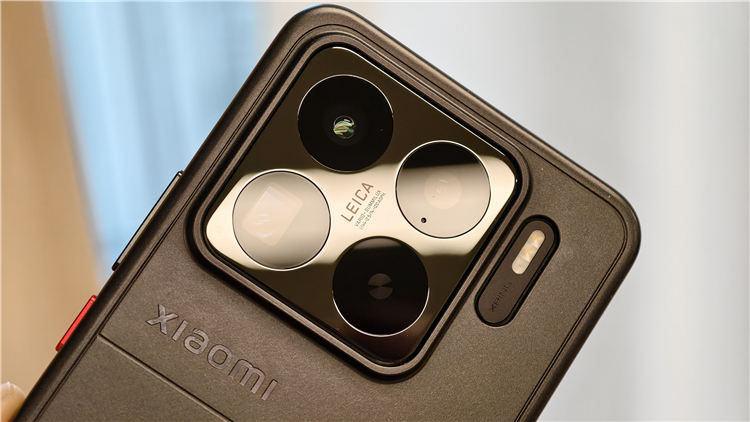
Speaking of photography, Xiaomi 15S Pro can't really compete with the new Ultra at the same price point. But compared to my previous Xiaomi 12S Ultra, I feel that the experience improvement is quite obvious. The main camera can quickly switch focal lengths (although Xiaomi also announced a few days ago that it will add a feature to switch focal lengths by tapping on the main camera of the 12S Ultra). The telephoto shots are less prone to blur, and the telephoto also has AI support, which can be somewhat useful in good lighting conditions.
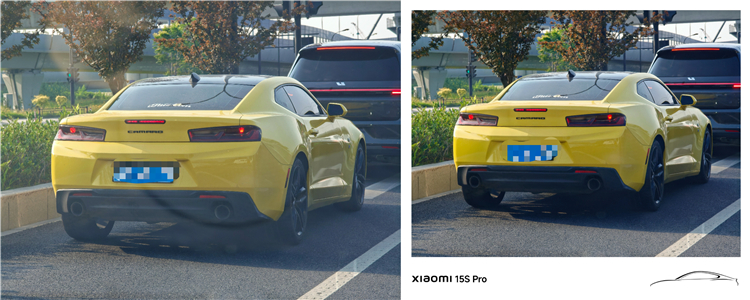
The editing functions in the album are more abundant, especially the AI anti-reflection function, which I really like. However, it's a pity that Xiaomi 15S Pro does not have a limited watermark similar to Xiaomi 15 Ultra. I've been looking at the current watermark style for almost three years, and I'm really tired of it.
I still have to mention Jin Fan, oh no, let's talk about Pengpai OS.
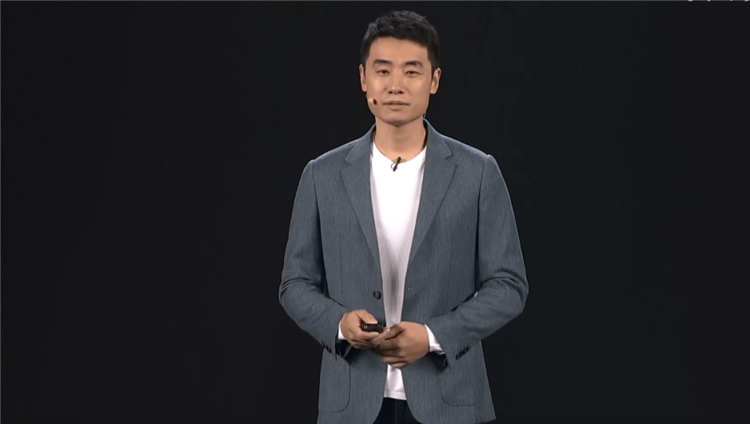
After using Xiaomi 15S Pro for a week, I feel that it is smoother than Xiaomi 15 Ultra, with very few cases of animation lagging or frame drops.
However, minor bugs are inevitable. For example, when I use Xiaomi Share to share photos to my computer, the phone will keep displaying the prompt to erase private information before sharing, and the album will get stuck and cannot perform any operations, even though the photos have actually been transferred to the computer. I never encountered this problem before when using Xiaomi Share with Xiaomi 12S Ultra.
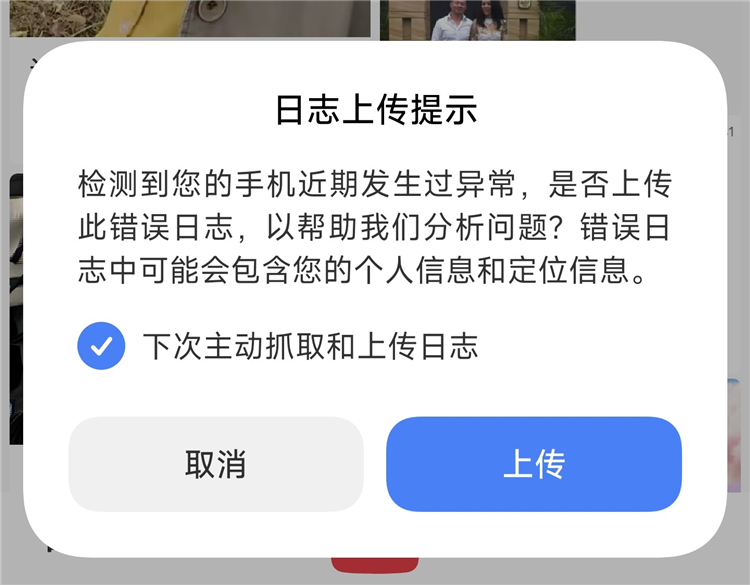
In addition, the shipment volume of Xiaomi 15S Pro will not be very high, which makes me worry that when Xiaomi updates the system in the future, will Xiaomi 15S Pro have a low priority? After all, when Xiaomi 12S Ultra was adapting to Pengpai OS, the progress was slower than that of 12S Pro.
Although Xiaomi's Pengpai OS has had issues with me in the past, fortunately, after Lu Weibing personally oversaw Pengpai OS at the end of last year, things are heading in a positive direction. At least the update frequency has increased, and the update logs are no longer just written as couplets.
Written at the End:
Xiaomi 15S Pro, equipped with the self-developed Xuanjie O1 chip, undoubtedly holds significant importance. Moreover, Xuanjie O1 has provided an experience that exceeds expectations. Considering its overall performance, I believe it deserves the positioning of a flagship phone.
Although Xuanjie O1 has delivered a good answer, it still needs an external baseband chip, and its GPU performance and energy consumption are slightly weaker. And when Xuanjie O1 goes into mass production, Apple's 2nm chips should already be in tape-out.
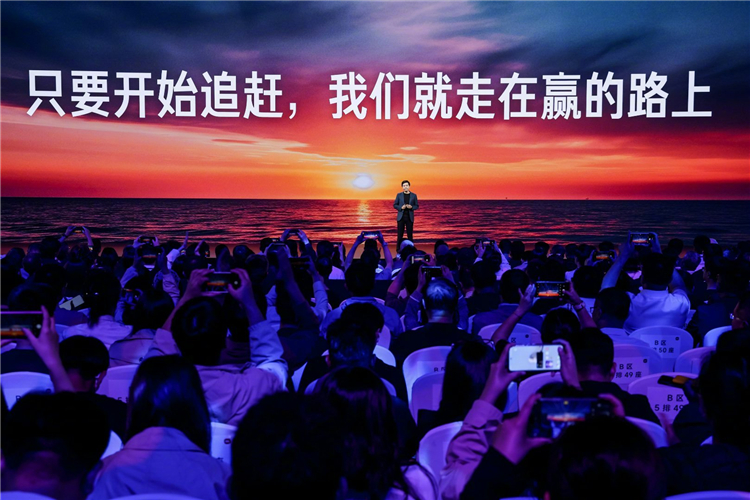
According to Lu Weibing's remarks during the earnings call, Xiaomi will maintain a long-term strategy of multi-platform coexistence
Rest assured, the Xiaomi Xuanjie O1 chip is not a mere flash in the pan. Xiaomi's journey into self-developed chips has only just begun, with Lei Jun boldly announcing an investment of 200 billion yuan over the next five years in core technology research and development. This commitment is expected to ensure that Xiaomi keeps pace with the forefront of flagship chip technology, steadily improving and maturing.
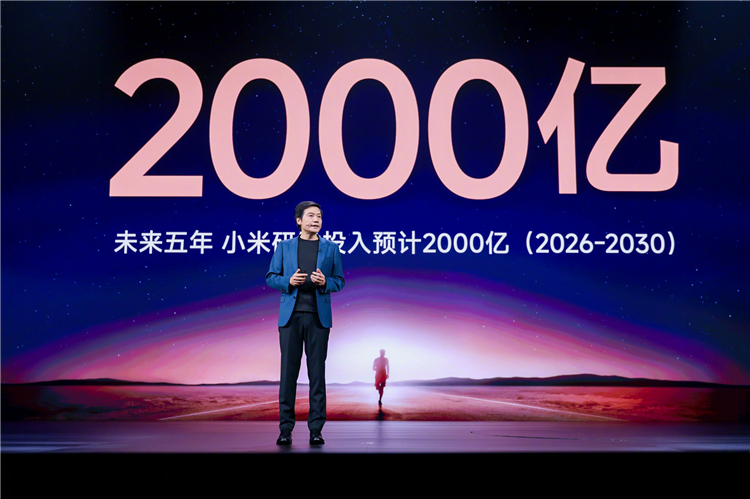
In the realm of self-developed chips, Huawei has taken the lead, achieving remarkable results despite facing significant obstacles and blockades. However, Huawei's path is fraught with risks and challenges, making it an impractical and daunting option for other companies to follow.
Conversely, the introduction of Xiaomi's Xuanjie chip offers renewed confidence and serves as an inspiration for more domestic enterprises to invest in chip research and development. This collective effort will undoubtedly propel the domestic chip industry chain towards greater innovation, collaboration, and upgrading.
In the semiconductor industry, there are no shortcuts; only relentless iteration and persistence will prevail. Come on, Huawei; come on, Xiaomi.

